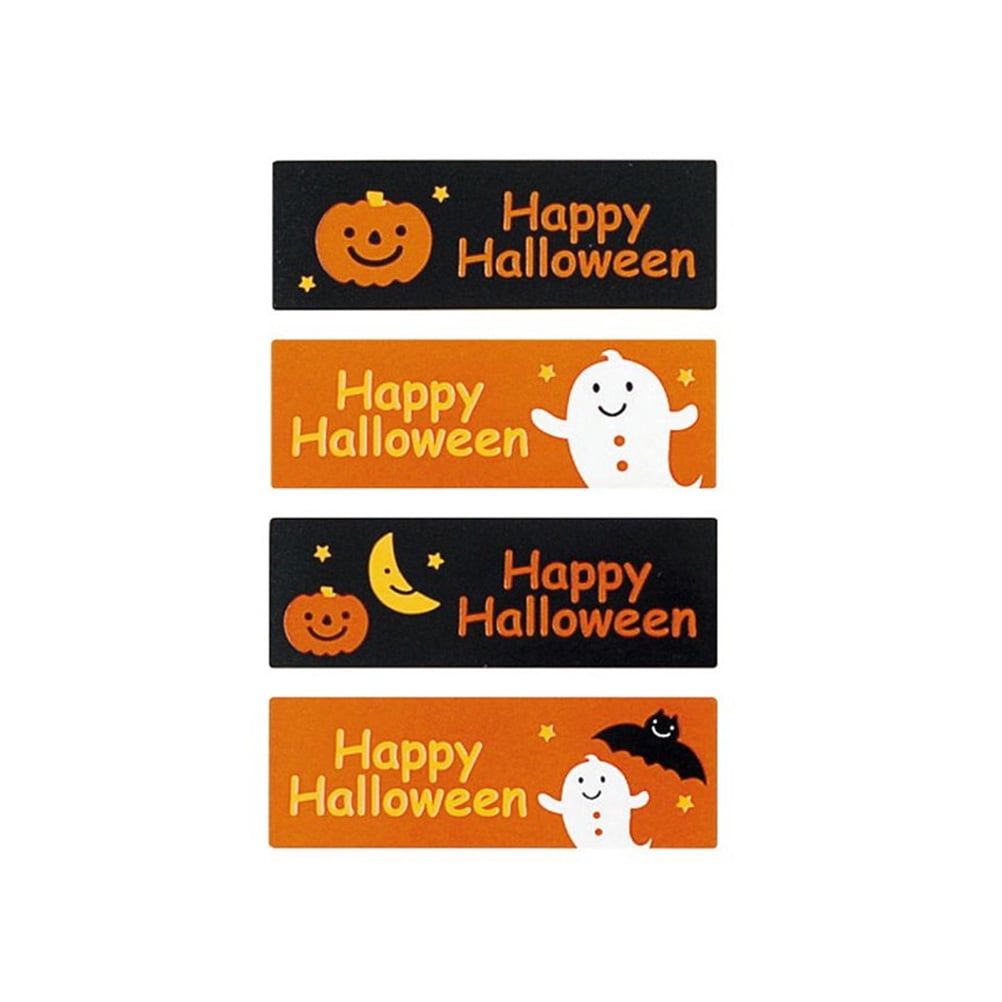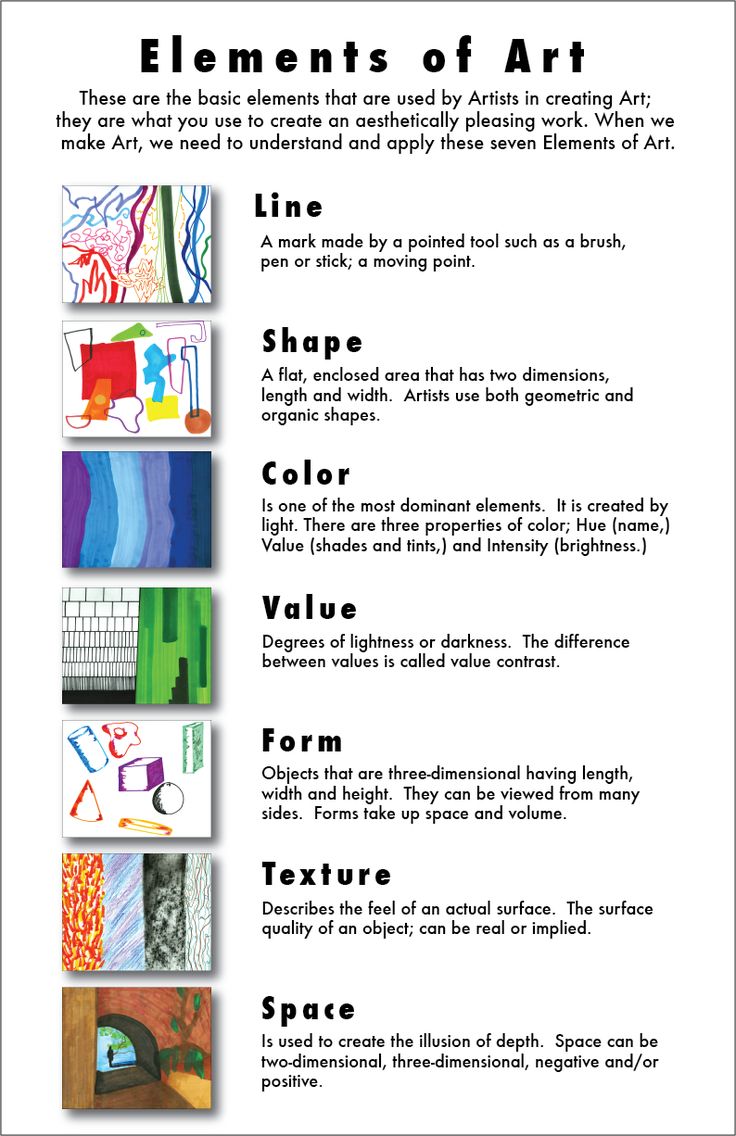Table Of Content

They are opposite colors and are located directly across from each other on the color wheel. Hue is a term used to describe a wavelength of light in the color spectrum combined with red, green, and blue, the primary colors. A given color might be saturated brightly or dimly or light or dark on the spectrum. You can feel the wall's well-defined edges and rough texture when you touch it. Designers pay attention to their line when designing because they know it can create visual interest.
Cite according to academic standards
ELEMENTS OF DESIGN - Nantucket Magazine
ELEMENTS OF DESIGN.
Posted: Fri, 01 Sep 2023 07:00:00 GMT [source]
In their natural forms, patterns express themselves everywhere we look. From consistencies in situations to the way, nature creates beautiful mosaics on the sand and barks of trees. This principle of design is called a pattern, and it helps keep the consistency of movement, repetition, and rhythm to create a lasting impact on customers who encounter your product.
Color as a Vehicle for Emotions
You can show variety through colors, shapes, images, different typefaces, and other design elements. Proportion is the relative size of the design elements compared to each other. It comes organically once you’re done with your contrast and balance.
Visual Hierarchy: Organizing content to follow natural eye movement patterns
One of the hallmarks of Frank Lloyd Wright's architectural style is its use of strong horizontal elements which stress the relationship of the structure to the land. Gestalt is the fundamental tool the designer or artist uses to build a coherent composition. The example of a student self-portrait seen on the left demonstrates how images may be built from points, with the variations in density producing the illusion of form. Contrast refers to the juxtaposition of elements that strongly differ (big vs. small, light vs. dark, etc.) to create visual interest or draw attention to particular elements. Watch out for a more detailed discussion of this topic in our upcoming posts.
A bonus number 8: Movement
This palpable feeling in a visual is the work of movement, a principle of design that uses contrasting elements to emphasize invisible moving parts in an image. We tend to identify objects by their basic shapes, and only focus on the details (such as lines, values, colours and textures) on closer inspection. For this reason, shapes are crucial elements that we designers use for quick and effective communication. Unity helps guide the viewer's attention and ensures a consistent, integrated visual experience. To comprehend unity and other fundamental aspects of design, consider exploring the building blocks of visual design on interaction-design.org.
Space:
The way a viewer’s eye travels over the design, the way they “read” it, is told by movement. These days, using patterns and repetition of the same elements is trendy both for print and fashion. Emphasis highlights the most important element and makes your audience concentrate on the focal point of your design. Negative space makes the elements stand out and makes them easier for the spectator to recognize.
Use elements of design principles to guide you and to understand how design works but don’t see them as a strict set of rules. Good design still requires creativity, which means that rules can be bent or broken. The text, the words you add in your design play a huge role in making it a success, but the way you put them – their style, play as much of a great role. This makes typography one of the most important graphic and web design elements.

For instance, consistency ensures that controls remain uniform throughout a design, while proximity suggests related items be grouped. Visual hierarchy places importance on presenting the most vital information at the top. By understanding and applying these principles, designers can create intuitive, aesthetically pleasing, and practical designs that cater to user needs and preferences.
Additionally, in both digital and physical design, white space is essential for creating breathing room and focus, allowing the viewer's eye to rest and navigate the design with ease. In the realm of creative work, understanding the foundational elements of design is crucial. Color is an important element of design that shouldn’t be neglected.
The use of the color red, for example, can incite anger, love, and passion or strong will. On the other hand, the color blue, creates a sense of peace, serenity, and security. If you’re a beginner graphic designer or just a brand owner, there are some graphic design software and online tools to help you complete the task more professionally and without extra money. With the right tools and principles, your design will be ready to melt hearts. To create visual interest and hold the viewer’s attention longer, you need variety. Variety is the use of several elements of design to make your art “explorable” and give the viewer a better experience.
Don’t forget to follow this series on the principles of design to learn how to successfully arrange the basic elements of design we learn today. Color is a powerful design element that can evoke emotions, set moods, and communicate messages. Different color schemes can influence the way people perceive a design and elicit specific responses. Designers must consider the psychological impact of colors to achieve the desired effect and reinforce the overall theme of the composition.
Be consistent with navigational mechanisms, organizational structure, etc., to make a stable, reliable and predictable design. Focus on emotion – the pleasure of use is as vital as ease of use; arouse users’ passion for increasing engagement. Show users where they’ve come from and where they’re headed with signposts/cues. Offer few options – don’t hinder users with nice-to-haves; give them needed alternatives instead. Don’t interrupt or give users obstacles – make apparent pathways that offer an easy ride. Get step-by-step guide how to build or advance your UX design career.
Send them this quick test & see where their skills stand among 300K+ designers worldwide. Learn to master typography and create designs that are both readable and aesthetic. Secondly, it's the art and process of arranging text to make it readable and legible to meet print or digital design needs. Many also believe that form is a shape that acquires three-dimensional values, but the correct term is volume. A beautiful design is a mix of imagination and planning, so plan your design, let your creativity fly, and if necessary, later distort the rules slightly with class and confidence to create harmony.
Anastasia worked in management consulting and tech startups, so she has lots of experience in helping professionals choosing the right business software. Artists can use different color values to show increased mass and volume in their work. A change in an object's brightness or darkness causes a change in its value.
After finishing your design, the colors won’t change once you post them online for people to view on screen. It’s sometimes interchangeably used with another design element – shape, however, they’re slightly different. The form is mostly 3D and more realistic, while the shape is two-dimensional and flat. So, what are the main elements that you need to know before starting to work on your blank canvas? Check out these seven basic elements of design that can take your work to another level. The quality of line in itself contributes to the mood of the work, and for the master artist, the quality of line is a fundamental expression of his/her style.

No comments:
Post a Comment